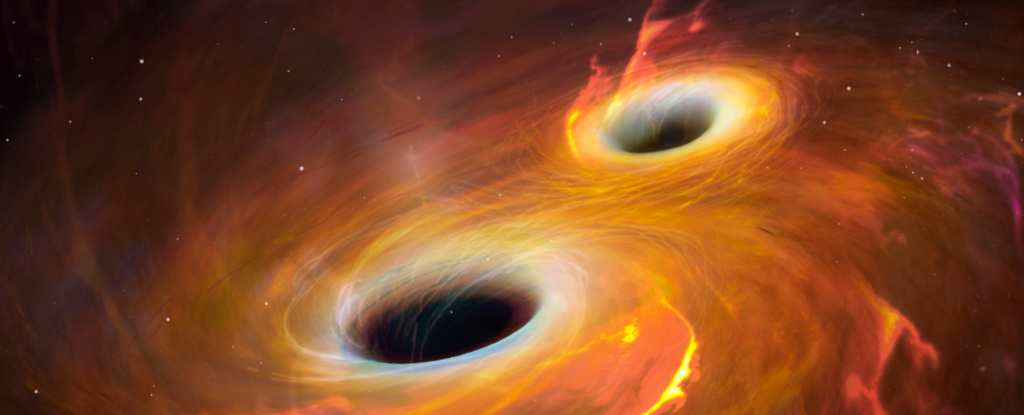The quest to generate more energy from less material while avoiding burning any more fossil fuels than our planet can handle is spawning some, let’s say, creative ideas.
Nuclear fusion records are being smashed, even if only by the tiniest of margins and seconds at a time. Meanwhile, solar panels are becoming increasingly efficient as expected and their installation – atop car parks and green roofs – is also more strategic, helping to reap bigger and bigger gains.
But how to store that energy and relinquish it on demand across the electricity grid remains a huge challenge, even if battery storage and manufacturing capacity are trending upwards, making prices plummet.
Theoretical scientists are a particularly imaginative bunch when it comes to projecting how those trends might play out or where innovation could take us, years into the future.
In the latest turn, two physicists have been pondering the ultimate theoretical limits of battery energy density, based on Einstein’s general theory of relativity.
Starting with a strict interpretation of equations describing perfectly round masses that don’t rotate, the pair describe the behavior of ideal models of microscopic black holes forming in a tight space jam-packed with energy. Thanks to the way these tiny monsters interact, the whole system could act somewhat like a nuclear reactor, freeing energy stored in the bonds of particles to generate enormous amounts of clean energy.
These black holes would need to be charged and tiny, just one Planck mass each, so that when bundled together into cells packed with similarly charged black holes, their electromagnetic repulsion offsets the pull of gravity, creating stable energy storage that doesn’t gobble itself up. More massive black holes are also less energy-dense than tiny ones.
In theory, oppositely charged micro black holes could then be brought together, one by one, leading them to merge into a single black hole that ‘evaporates’ very quickly into pure energy. The extracted energy wouldn’t come from within the black hole, but just outside it: where gravity concentrates.
This mind-bending suggestion is not beyond the realms of possibility. Tiny, primordial black holes are thought to exist, but have never been detected – perhaps because they have radiated away most of their energy after forming in the primeval plasma that filled the Universe following the Big Bang.
But the prospect of ‘micro black hole batteries’ will more than likely remain purely hypothetical, saying more about how far trends in battery technology have to go than where we’ll actually end up.
“Today’s batteries are extremely inefficient compared to their ultimate potential, and we are likely just at the very beginning of a battery revolution,” Espen Haug, a theoretical physicist and finance analyst at the Norwegian University of Life Sciences, and Gianfranco Spavieri, a physicist at the University of the Andes Venezuela, write in their published paper.
Currently, the most efficient lithium batteries contain around 954,000 joules of energy per kilogram (2.2 pounds) of mass – which is roughly 22 times the energy obtained from burning one kilogram of oil.
Haug and Spavieri estimate that a micro black hole battery weighing just one kilogram could provide “enough energy for a family for generations” – approximately 470 million times the energy of the most efficient 200-kilogram lithium battery that currently exists.
“While achieving such a level of technological advancement is certainly not imminent, it’s not inconceivable that battery technology development could follow a trajectory similar to that of computer technology,” Haug and Spavieri write.
The pair aren’t the first team to suggest such a wild idea, which just goes to show the gravity (pun intended) of the energy transition we face, to power the world without burning fossil fuels that are cooking the planet.
Previous work has considered similarly small Schwarzschild black holes, but Haug and Spavieri reason the charged black holes described by the Reissner–Nordström metric are eight times more energy-dense.
Of course, whether such tiny, non-rotating black holes exist, or even be created in a practical setting, is a project for future imaginations.
“If we use strategically placed neutron stars as magnets, this would still require [a particle] accelerator around the size of the Solar System,” Haug and Spavieri note. “This solution seems quite unrealistic, but never say never.”
The study has been published in High Energy Density Physics.





